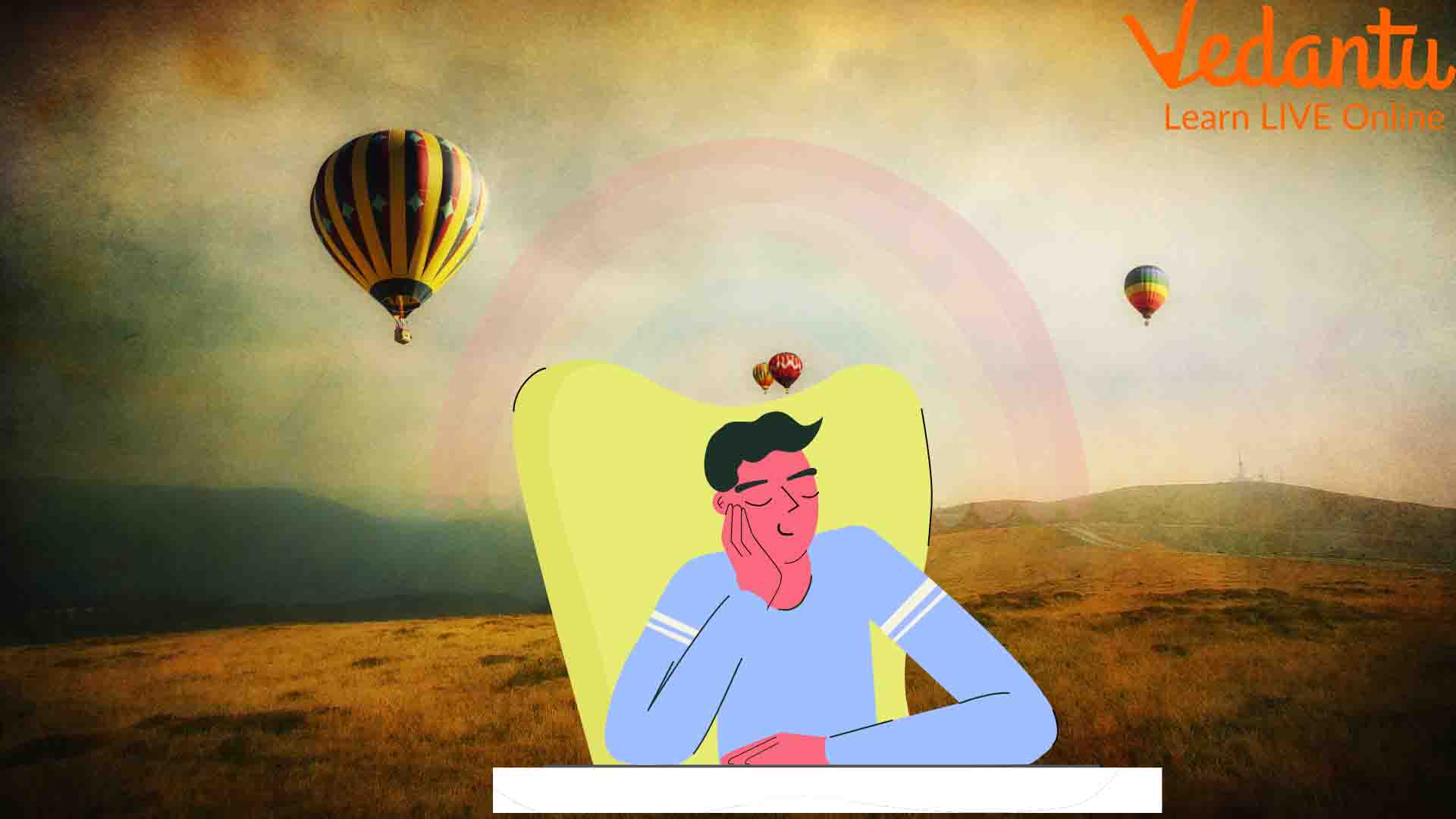What is a Dream? Why do People Dream While Asleep?
A dream is a sequence of thoughts, images, emotions, ideas, desires, etc., that occur inevitably in our mind during specific stages of sleep. It is a delightful act, mostly related to our fate and future that we are capable of creating in our imaginations. Studies show that proper sleep helps in storing memories. Based on certain theories, a dream helps an individual store the key memories and things they have gained knowledge over the day, eliminating the insignificant ones and examining the complicated notions and sentiments.
You may have good dreams as well as a nightmare. It is not always the case that bad dreams or nightmares could only bring negativity and cause harmful effects on your life. Sometimes bad dreams also symbolise that your life will take a new and better beginning. Furthermore, dreams have led to outstanding inventions and discoveries. This blog will introduce you to the various remarkable discoveries and inventions made in dreams that changed human life in many ways.

A Man Dreaming
How are Dreams Formed?
Dreams are like movie sequences and real hallucinations. When we sleep each night, our mind is met with realistic dreams in which we play the leading roles. All those dreams seem to be real until we wake up. But we keep wondering how the brain can create such evocative mental images while we are sleeping.
There has always been a debate about why and how are dreams formed and what are the purposes of those dreams. Dreams most likely occur due to the activation of the brainstem during rapid eye movement (REM) sleep and when the limbic system gets stimulated. Based on the research works of the dream scientists or dream gurus, it has been claimed that dreams occur within the outer layer of the cerebrum, known as the cerebral cortex. The cells present in this region help us to think and realise. The pyramidal neurons are the largest of these brain cells responsible for driving dreams.
In the left side of the brain, these pyramidal neurons receive information from the sensory organs when you are awake. These cells elucidate the information received considering the memory’s internal information. In this case, you will be perceiving things occurring inside your brain. In the middle of the brain, the situation is a little different. While you are dreaming, the pyramidal cells acquire a lesser amount of information from the sensory organs. And on the right side, these pyramidal neurons get disconnected due to very little acetylcholine in the cerebral cortex. This leads us to dreamless sleep as the neurons no longer receive internal information.
A dream scientist believes that on average, a person takes about 2 hours to dream each night. Each of these dreams lasts for only 5 to 20 minutes. However, the person dreaming might perceive that the dream is much longer than the time spent. The rapid eye movement sleep periods during the early stages of the night usually last for about 10 minutes. Throughout the entire night, this keeps on increasing in length to about 1 hour. It is not evident that these times above agree with the actual length of the dreams.
Discoveries and Inventions from Dreams
Dreams have always been a source of fascination for centuries. Dreams can give rise to deeper emotions such as joy, wonder, fear, or confusion, and on the other hand, they can even inspire the dreamer’s mind. Many renowned inventors, discoverers, and scientists from around the globe had their miraculous moments amidst deep sleep. Had the bed inventor not had their eureka moments while sleeping, today we might not have experienced the difference they brought to the world.
Here is a brief description of some of those inventions from dreams:
Einstein’s Theory of Relativity
Albert Einstein’s Theory of Relativity is one of the essential thoughts of his dream. According to his dream, he was strolling on a farm when he noticed some cows by an electric fence. He witnessed the cows jumping over while the fence gave them an electric shock. When he talked to a farmer on the other side of the fence about this event, the farmer mentioned that he saw those cows jumping one after the other in the form of a Mexican wave. This made Einstein realise that they both had different views of the same situation, thus leading him to give shape to his idea of the Theory of Relativity.
Structure of the Atom
Niels Bohr, a Danish Physicist, had a vision while asleep that electrons circle the nucleus of an atom in the same way as the planets in the solar revolve around the sun. This led him to the invention of the structure of an atom and got him the Nobel Prize in 1922.

Discovery of Google by Larry Page
At 22, Larry Page was unreasonably afraid that he mistakenly got accepted at Stanford University. This triggered an anxiety dream in which he imagined that in some way, he managed to download the whole web onto some old computers and keep the links. On awakening, he instantly grabbed a pen and jotted down everything based on which the algorithm was formed. Using this algorithm, he created a new web search engine, which is famously known as Google. It is unimaginable how different our lives would be today if Page hadn’t dreamt of this that night.
Mendeleev’s Periodic Table
Being exhausted after three days of trying to categorise the 56 elements, Dmitri Mendeleev, a Russian chemist, finally chose to get some sleep. He dreamt of a table in which all those elements fit exactly the way it was required. He wrote down everything immediately and named it the Periodic Table.
Dream of the Sewing Machine
Elias Howe, an American inventor, was worn out from all his endeavours to create a machine that could stitch fabric together. While in sleep, he had a weird dream in which he was seized by some cannibals who gave him just 24 hours to build a sewing machine. Failing to do so, he was stabbed by the cannibals with spears having a hole in each tip. That’s when he realised that he had to put an eye at the point in the needle and invented the lock-stitch sewing machine.
Conclusion
Dreams are thoughts and emotions that appear in our minds while asleep. They emanate from real-life experiences, and the connections are mannered through unconscious desires. People come across different ideas for dreams based on their characteristics and day-to-day activities. Many famous breakthroughs and inventions from dreams have extensively changed the world we live in today.







